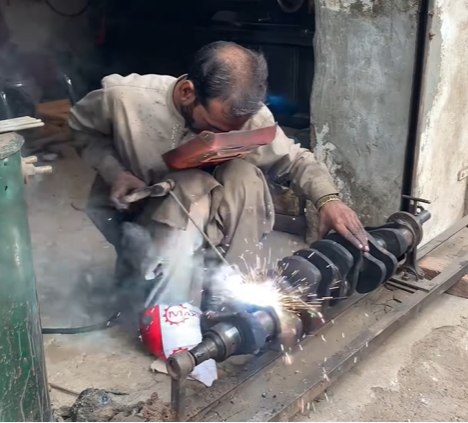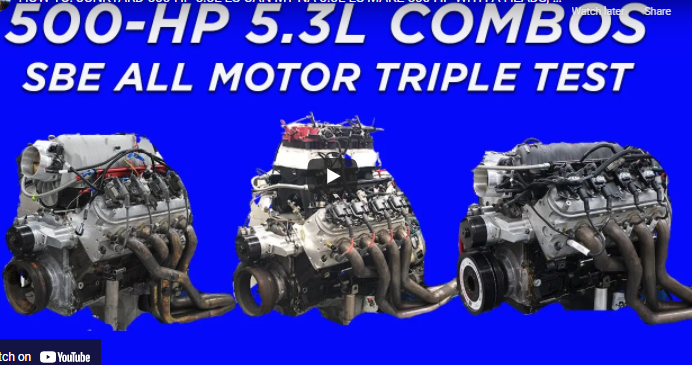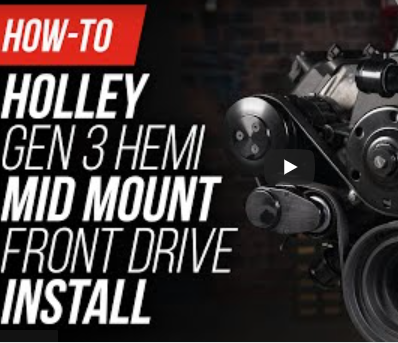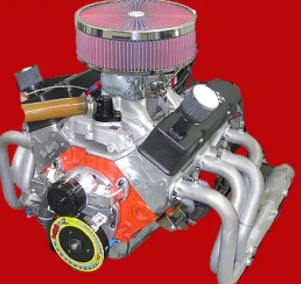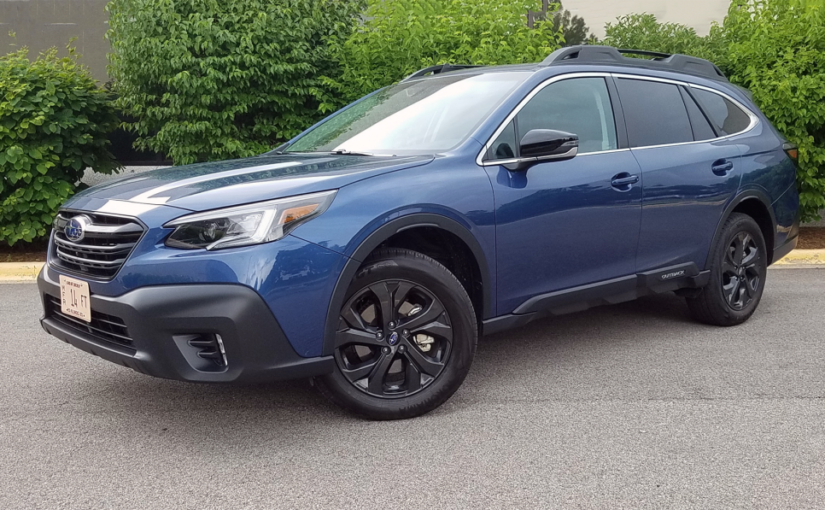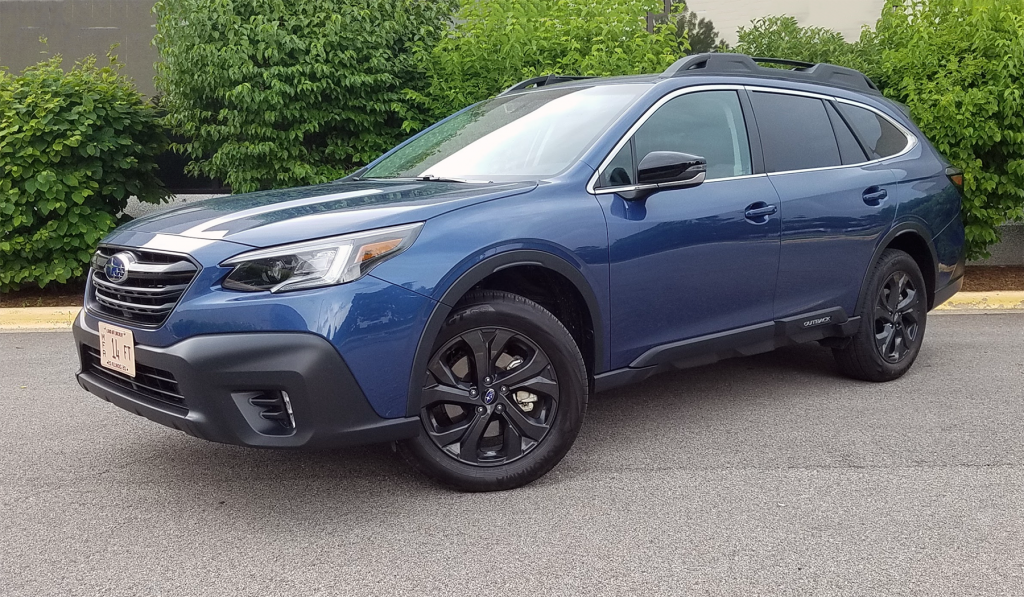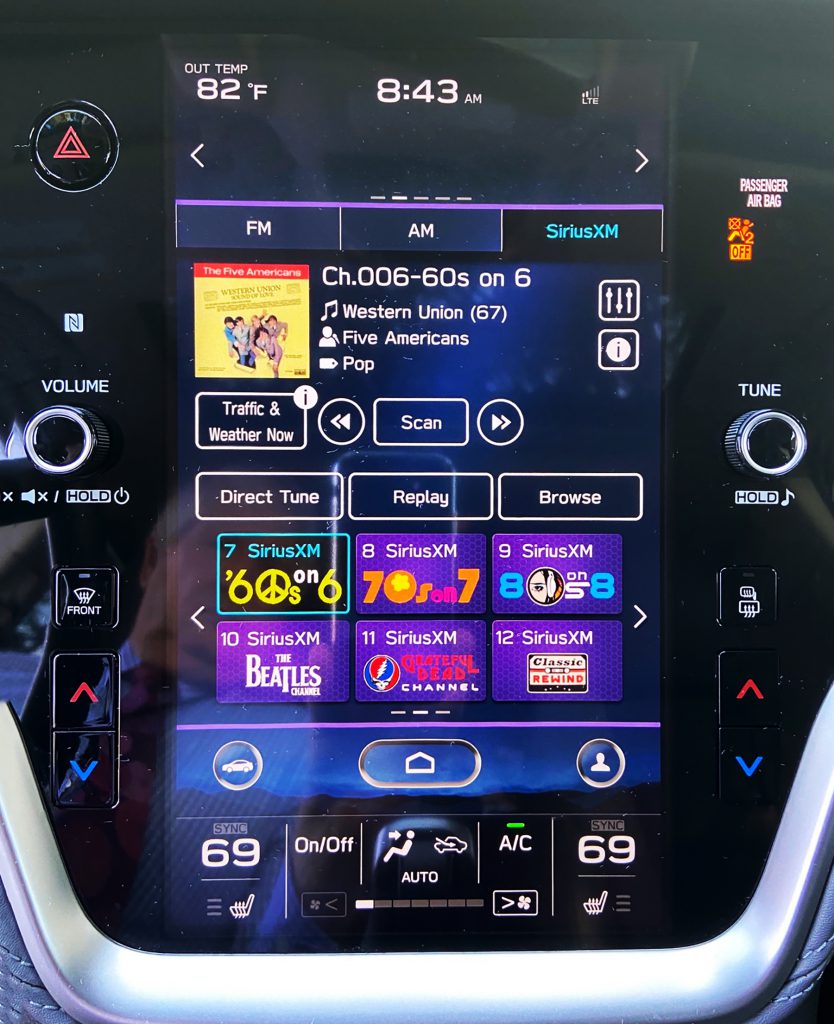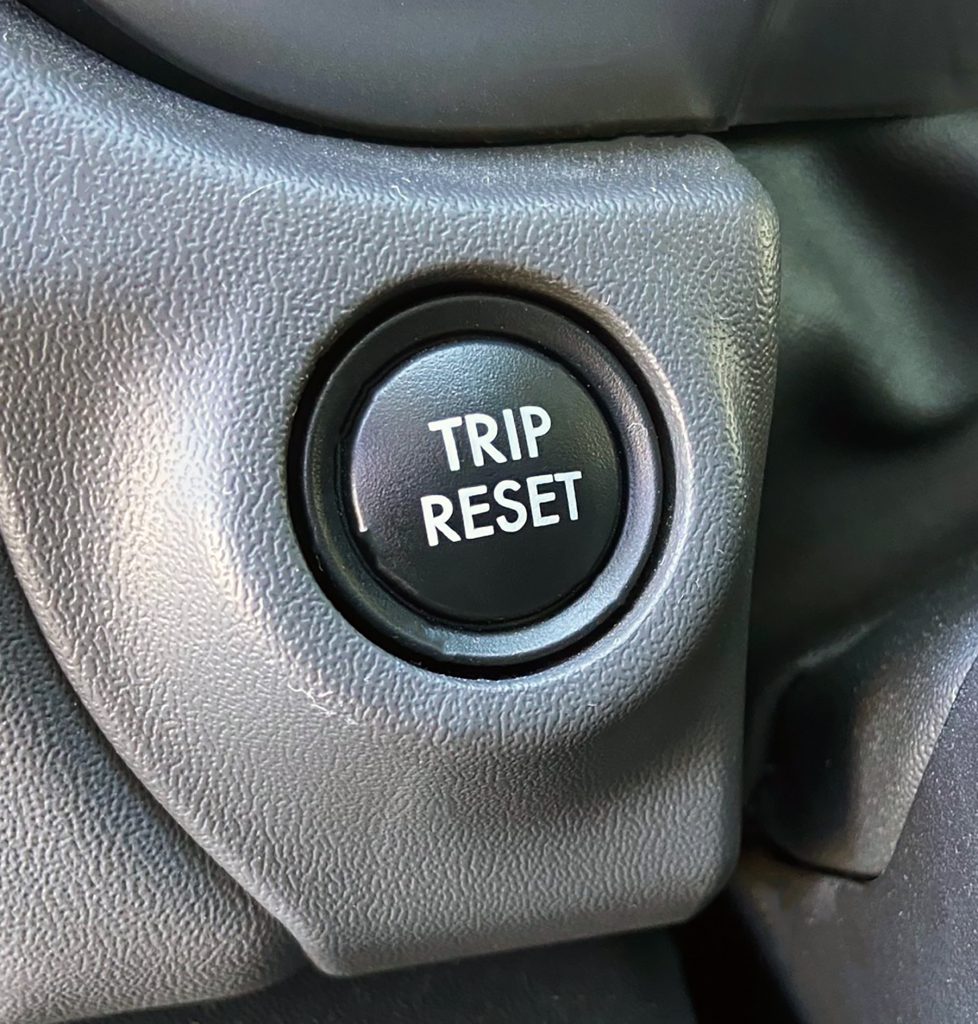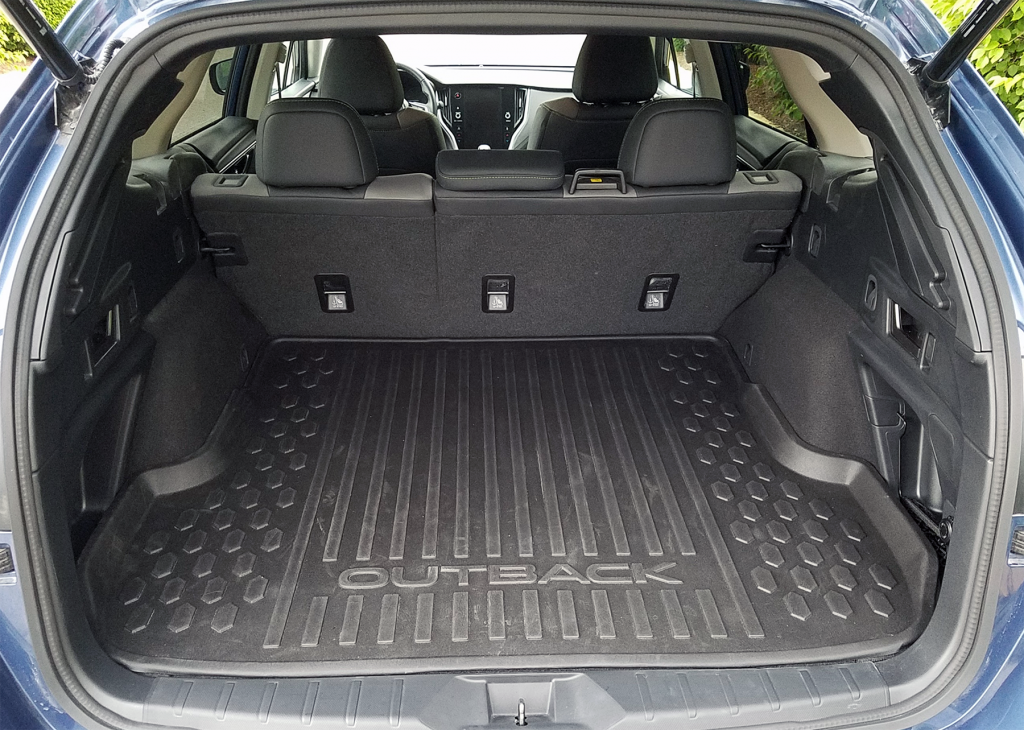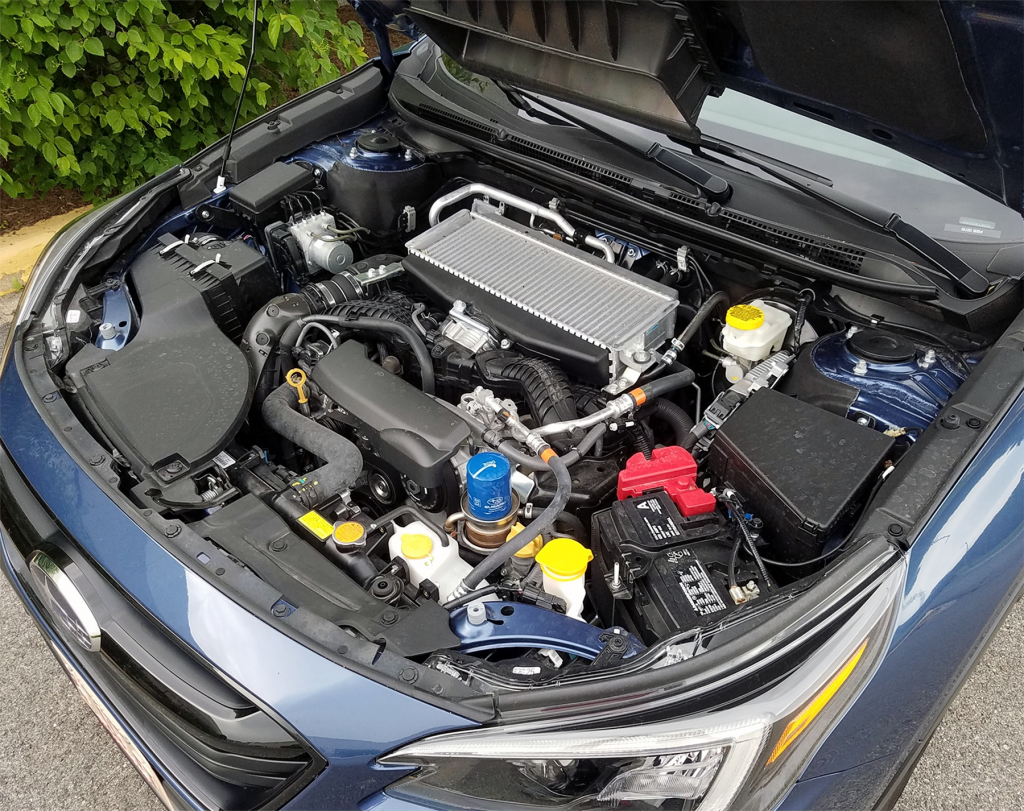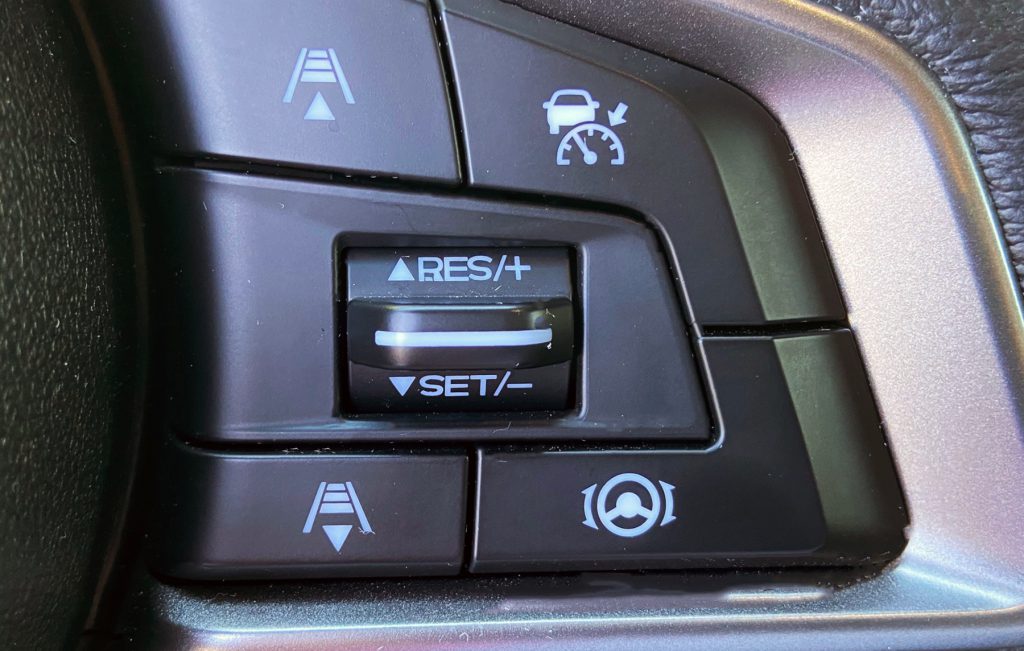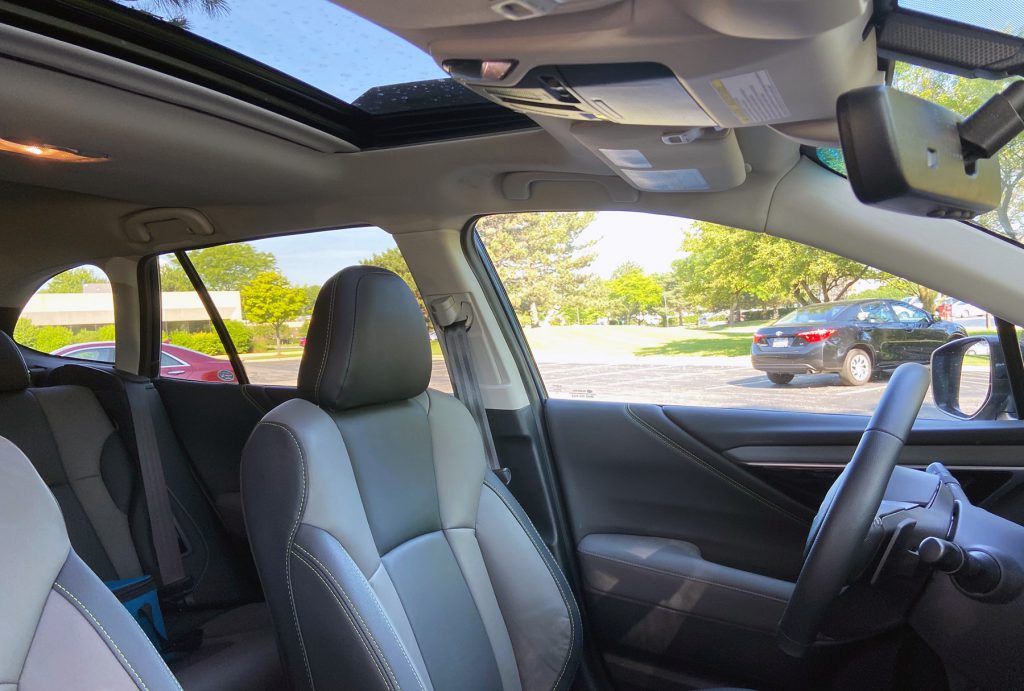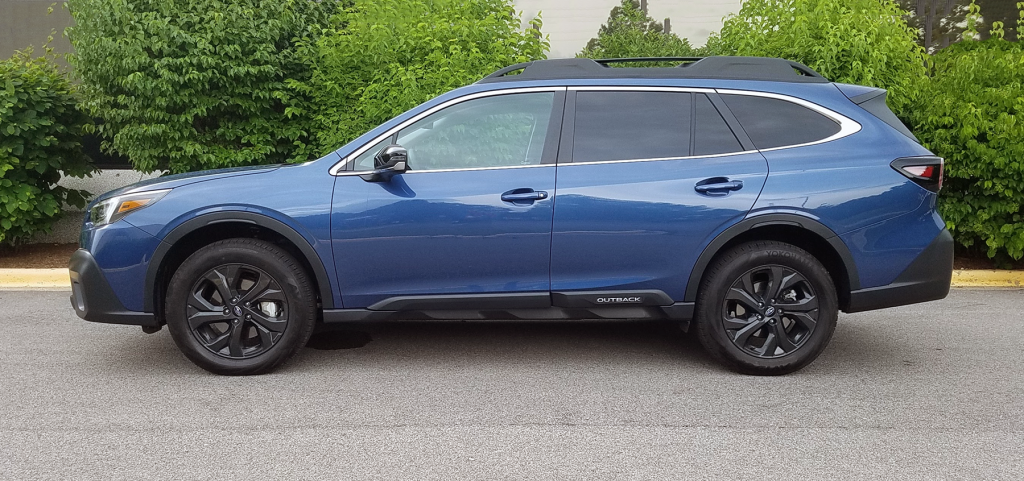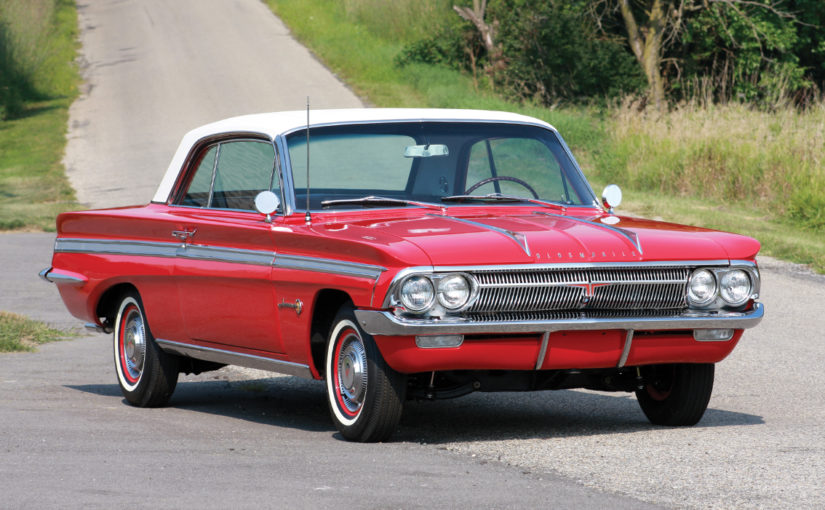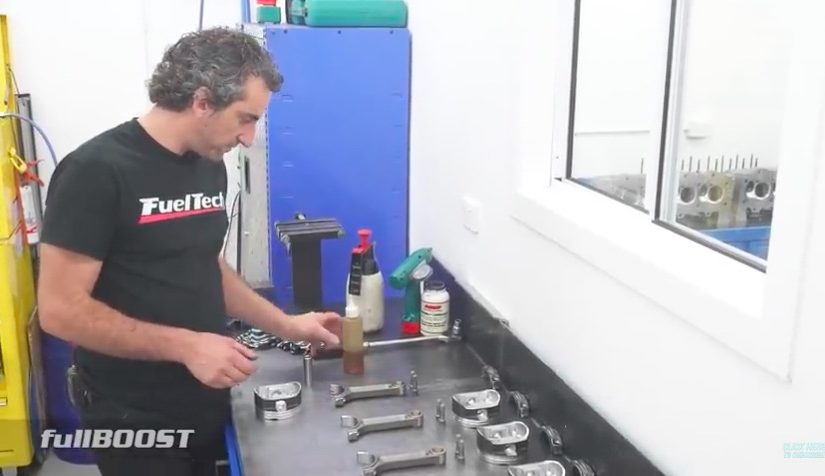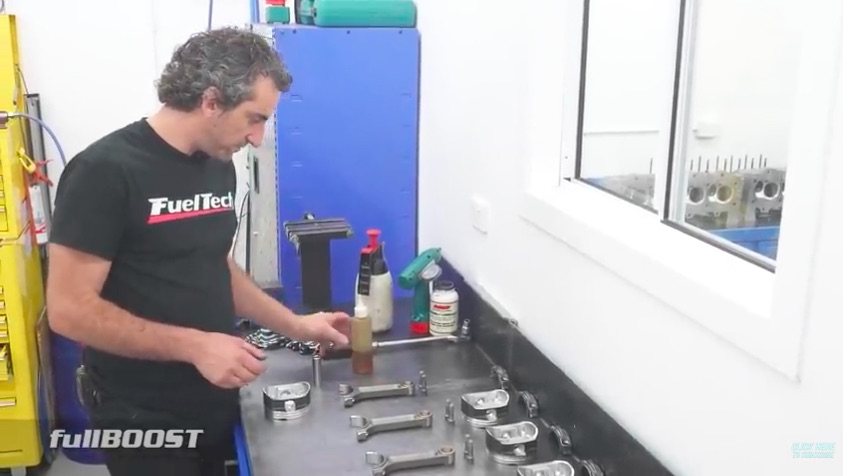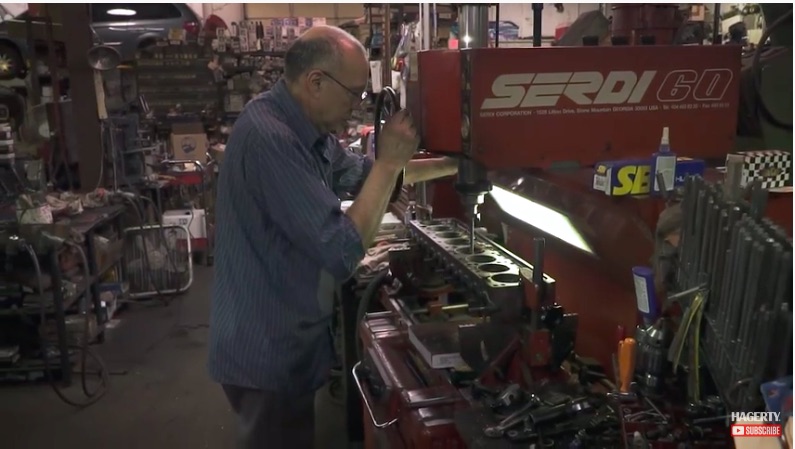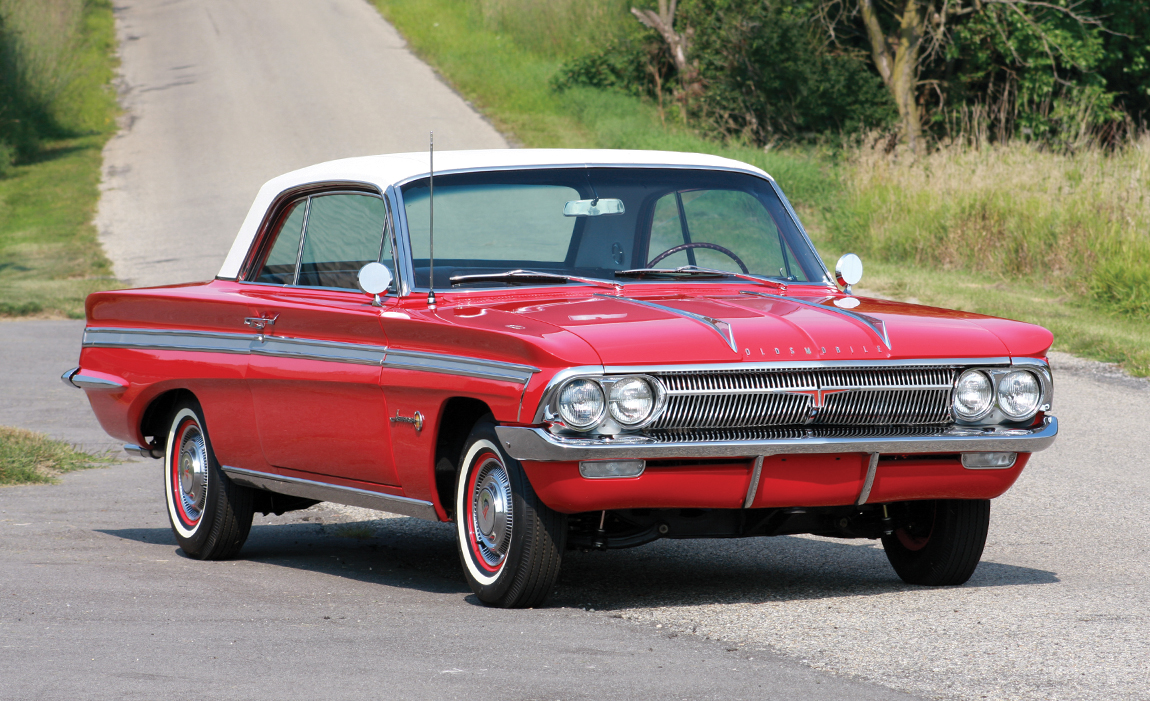
1962 Oldsmobile F-85 Jetfire Hardtop Coupe
Note: The following story was excerpted from the February 2017 issue of Collectible Automobile magazine
General Motors was flexing its engineering muscles in the early Sixties, especially when it came to the corporation’s new Y-body small cars. The line of 112-inch-wheelbase premium compacts included the Pontiac Tempest with independent rear suspension and curved “rope drive” driveshaft. Meanwhile, the Buick Special and Oldsmobile F-85 bowed in 1961 with an aluminum V8, followed in ’62 by a 90-degree V6 initially exclusive to Buick.
More from Collectible Automobile Magazine
In April 1962, Olds introduced America’s first mass-market turbocharged car, the F-85 Jetfire. (Chevrolet brought out its turbocharged Corvair Monza Spyder about a month later.) A turbocharger uses the force of escaping exhaust gas to turn impellers that raise air pressure in the intake manifold, forcing the fuel mixture into the combustion chambers for more power. Working with Garrett AirResearch, Olds adapted a turbocharger to the 215-cid aluminum V-8. Where naturally aspirated versions made 155 or 185 horsepower, the Jetfire’s “Turbo Rocket” version put out 215 horsepower.
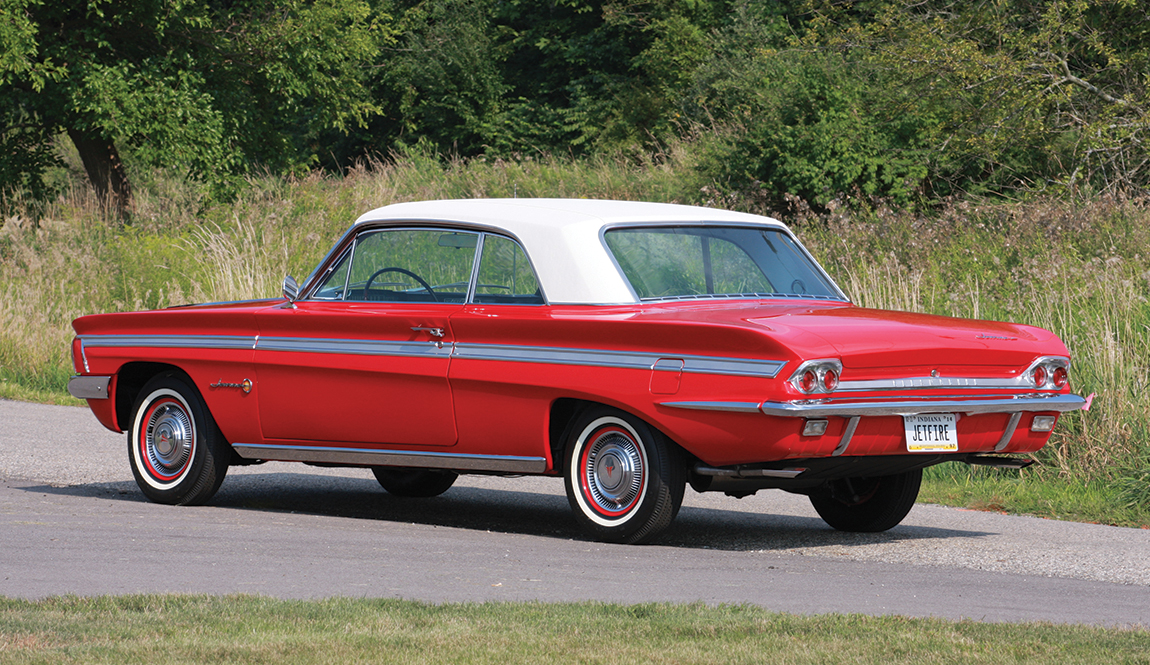
1962 Oldsmobile F-85 Jetfire Hardtop Coupe
Turbo engines usually have reduced compression to avoid preignition or “pinging,” but to reach the magic one-horsepower-per-cubic-inch mark, Olds engineers used a high 10.25:1 compression. To head off detonation, an ingenious fluid-injection system added a 50/50 mix of water and alcohol (“Turbo-Rocket Fluid”) to the fuel mixture to lower the combustion-chamber temperature. A wastegate limited turbo boost.
Photo Feature: 1953 Alfa Romeo 1900C Ghia Coupe
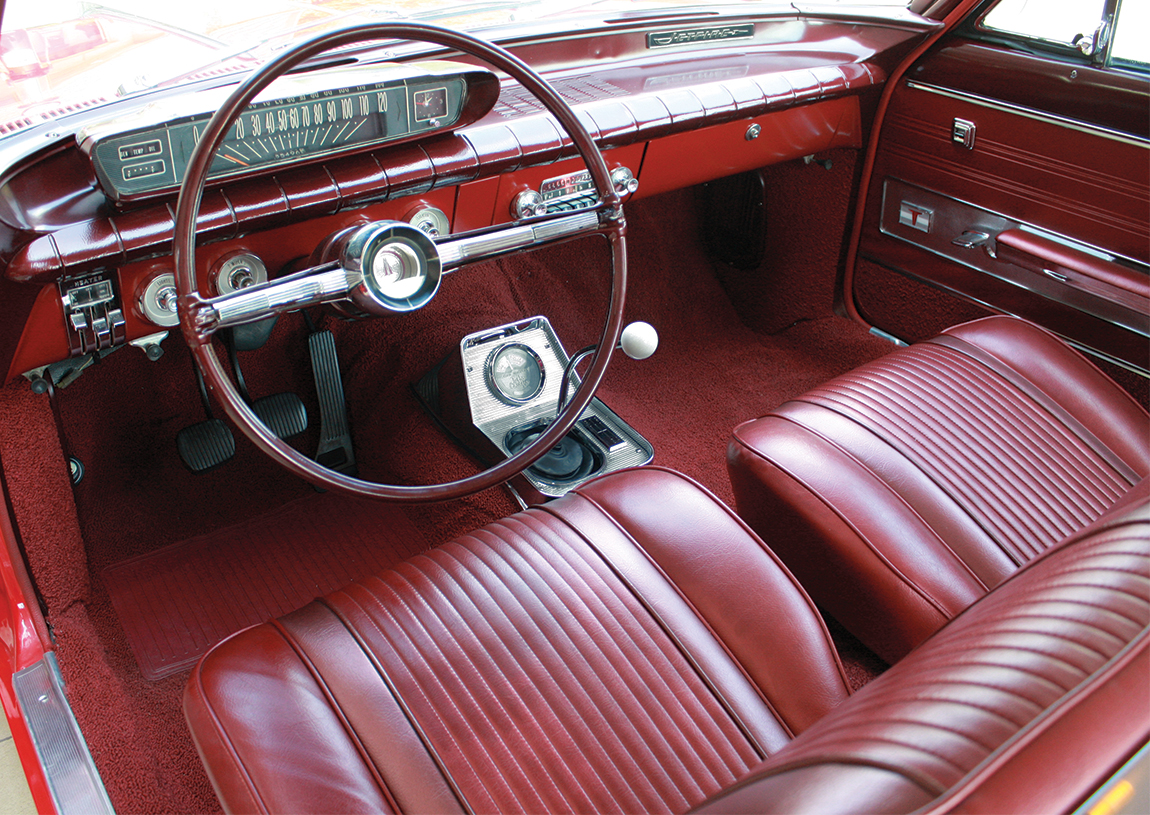
1962 Oldsmobile F-85 Jetfire Hardtop Coupe
Inside, a vacuum-boost gauge on the standard center console indicated if the turbo was doing its job. The gauge also included a warning light to remind owners to refill the Turbo-Rocket Fluid tank—a bottle in the engine bay held an emergency supply.
A Jetfire could go 0-60 mph in 8.5 seconds and had a top speed of 107. The quarter-mile run was achieved in 16.8 seconds. All Jetfires were hardtop coupes with standard front bucket seats. The Jetfire cost $3049.
Photo Feature: 1964 Ford Galaxie 500 Four-Door Sedan
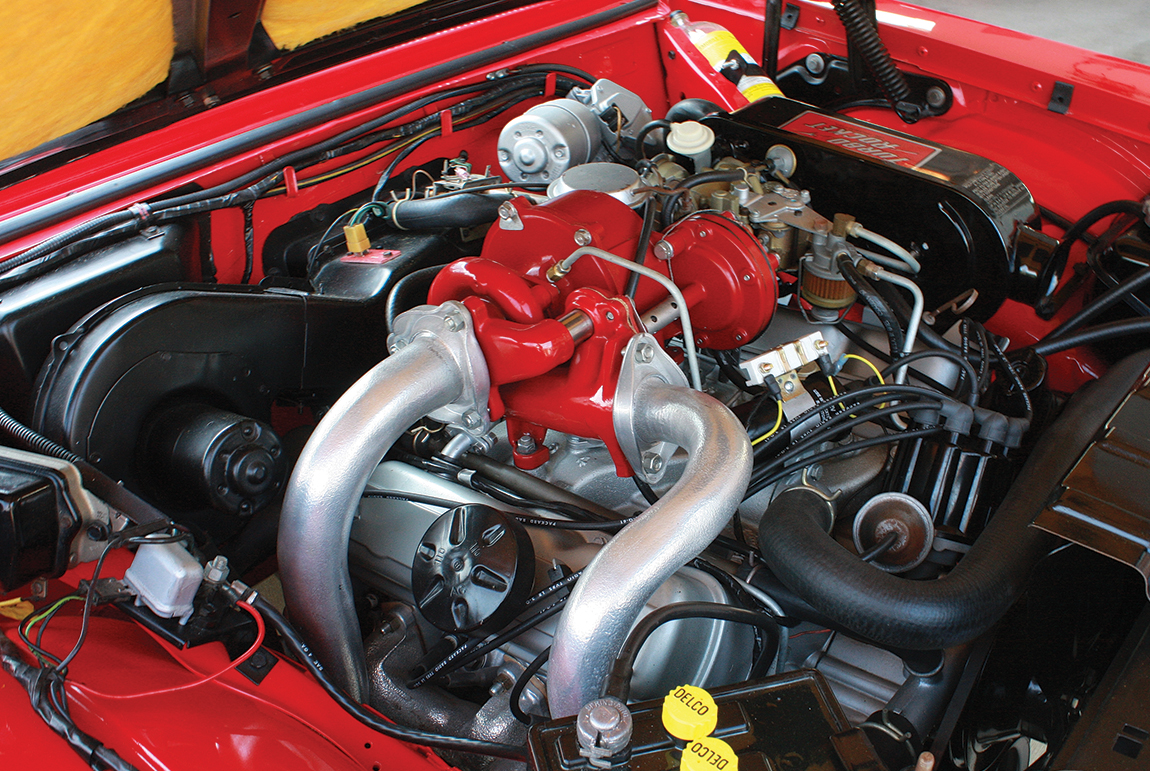
1962 Oldsmobile F-85 Jetfire Hardtop Coupe
Oldsmobile engineers came up with a lot of ingenious engineering to make the turbo work, but ultimately the engine was unreliable in the hands of average owners who often failed to refill the Turbo-Rocket Fluid tank. In 1965 Olds recalled the Jetfires to replace the turbocharger with a conventional four-barrel carburetor. Today, turbos benefit from computerized technology and are increasingly popular because they generate more power from small, fuel-efficient engines.
Photo Feature: 1951 Jowett Jupiter Convertible
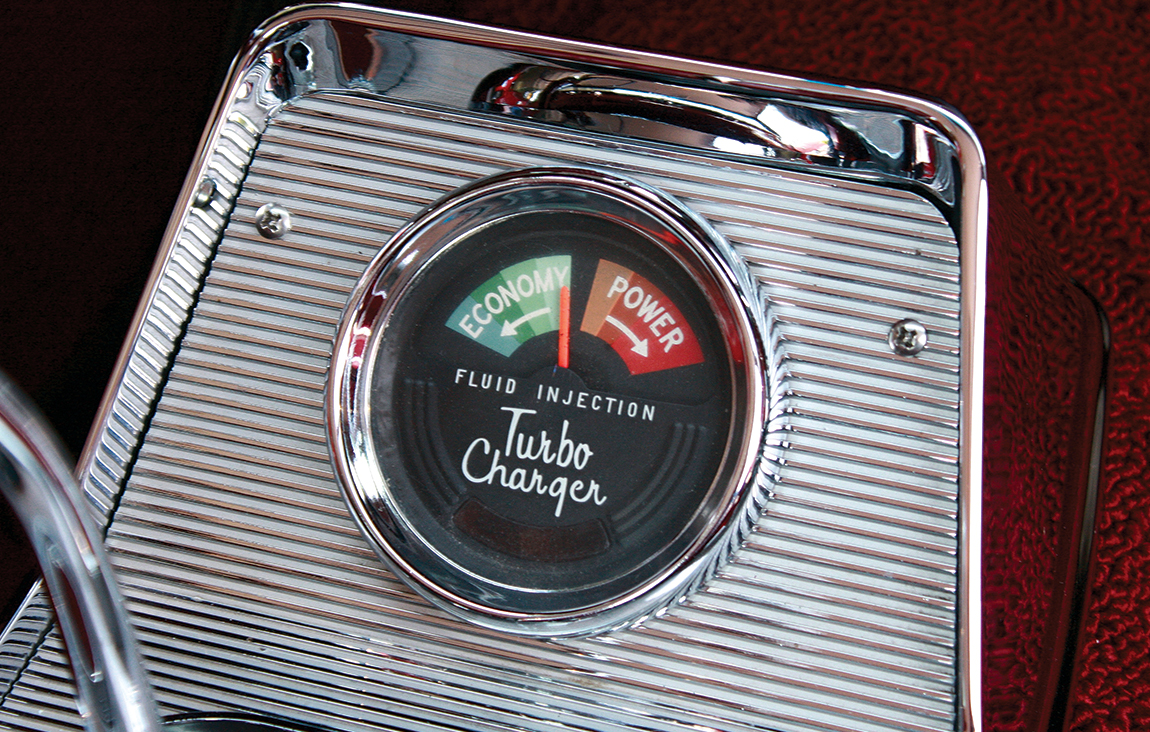
1962 Oldsmobile F-85 Jetfire Hardtop Coupe
Only 3765 Jetfires were sold in 1962, with a further 5842 built in its final year of 1963. It’s estimated that only 30-35 with a functioning turbocharger remain. One of them is this Chariot Red ’62 owned by Rich Baughman of Churubusco, Indiana. It is one of only about 50 ’62s with a four-speed manual transmission.
Baughman and a friend rebuilt the engine but sent the turbocharger to Turbo Rocket expert Jim Noel for restoration. Given the car’s rarity, one of the hardest tasks was finding parts. Baughman didn’t plan to show his car, but it turned out so well that it has been retired from judging in Oldsmobile Club of America and National Antique Oldsmobile Club events.
How Turbocharging Works
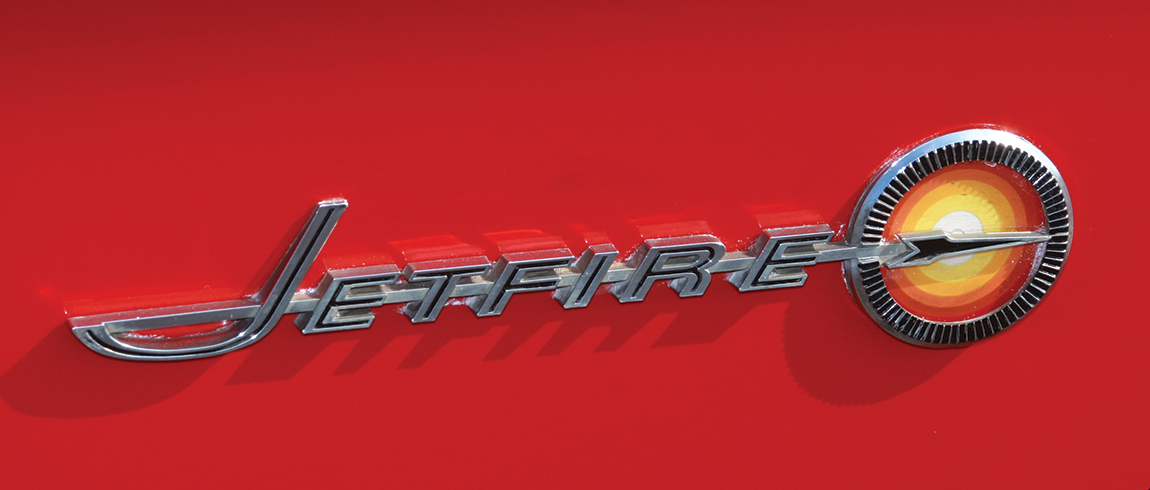
1962 Oldsmobile F-85 Jetfire Hardtop Coupe
Click below for enlarged images.
Subscribe to Collectible Automobile
1962 Oldsmobile F-85 Jetfire Hardtop Coupe Gallery
Written by: Jack Stewart on September 24, 2020.
For GREAT deals on a new or used Nissan check out Bridgewater Nissan TODAY!
